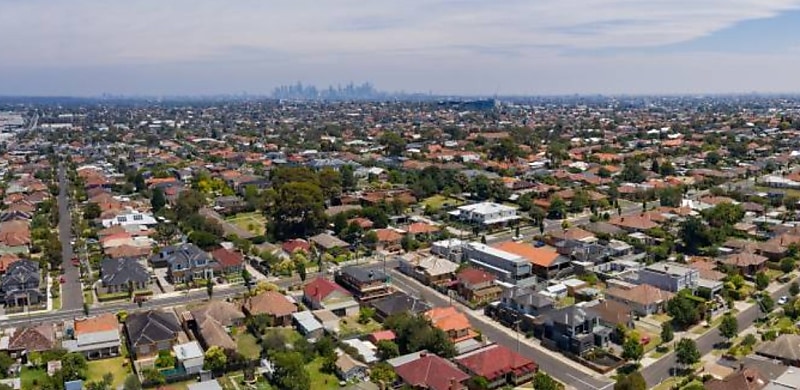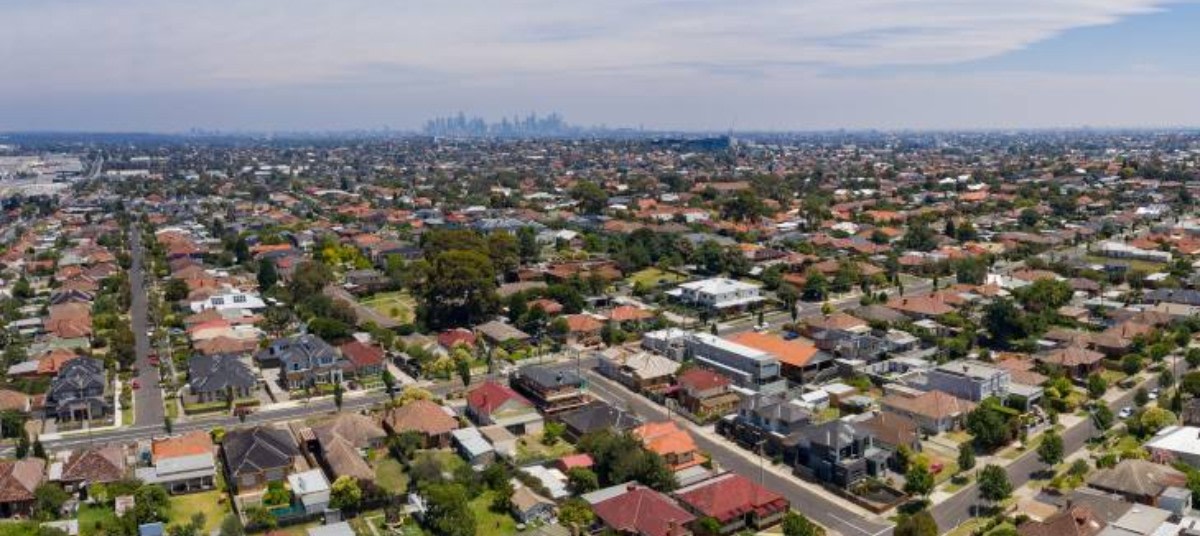
High mortgage rates and increasing house prices have resulted in the poorest housing affordability level on record, according to new data.
A new report from REA Group’s data business PropTrack has revealed that housing affordability fell to its lowest level on record in the financial year ending June 2024 (FY24).
According to PropTrack’s Housing Affordability Index – which assesses housing affordability based on a measurement of the share of homes affordable to buy for households across a distribution of incomes and locations – the index fell to 0.51, its lowest level since reporting commenced in 1994–95.
By comparison, the index sat at 0.57 in FY23 and 0.77 in FY22.
PropTrack’s report showed a medium-income household (earning $112,000) could afford just 14 per cent of homes sold during FY24.
NSW was the least affordable state to buy in, according to the report, with a median-income household only able to afford 10 per cent of all homes sold, while Western Australia was ranked most affordable, with median-income households capable of buying 26 per cent of all homes for sale.
PropTrack’s report also showed mortgage costs are as high as they’ve been since 2008, with the average-income household needing to spend about a third of its income on mortgage repayments to afford a median-priced home ($690,000).
Paul Ryan, PropTrack senior economist, attributed the affordability drop to high mortgage interest rates, reducing borrowing capacity, and house price growth.
“Above average increases in home prices, along with interest rates at the highest level in the past decade, have resulted in the worst housing affordability conditions since our records began,” Ryan said.
“Households across the income distribution could afford the smallest share of homes on record over the past year, with a noticeable decline from just a year ago.
“First-home buyers, or renters looking to buy, who often rely on significant borrowing to enter the housing market are facing incredibly stretched affordability.
“Over the past year, mortgage rates hit their highest level since 2011, and this has had a drastic impact on housing affordability, reducing borrowing capacities by as much as 30 per cent for new borrowers and increasing repayments for existing borrowers by up to 50 per cent in just two years.
“National home prices rose for the 20th consecutive month in August to be 6.6 per cent higher over the 2023-2024 financial year, the equivalent to around a $50,000 increase of the national median price.
“In this time, income growth has been insufficient to offset rapidly rising home prices and mortgage rates, meaning the typical Australian household can now afford only 14 per cent of all homes sold across the country.”
Ryan said, however, that while affordability pressures are expected to ease when interest rates fall, more work needs to be done to improve access to housing stock.
“Housing affordability is expected to ease when interest rates fall, which could be as soon as within the next six months,” Ryan said.
“But meaningful improvement – returning to a period where a typical household could afford half of homes – requires change on many fronts to build more homes across the country.”
[Related: Help to Buy scheme vote delayed to November]
 Login
Login











JOIN THE DISCUSSION